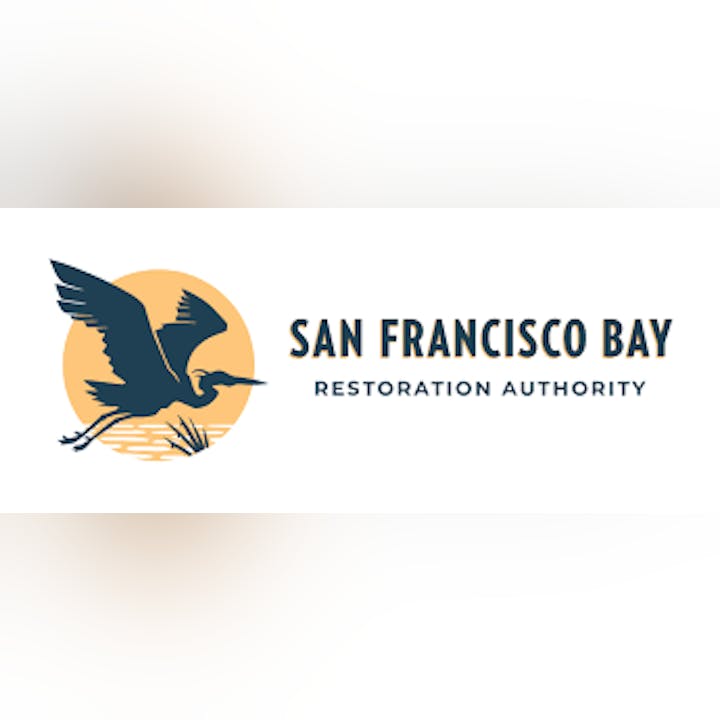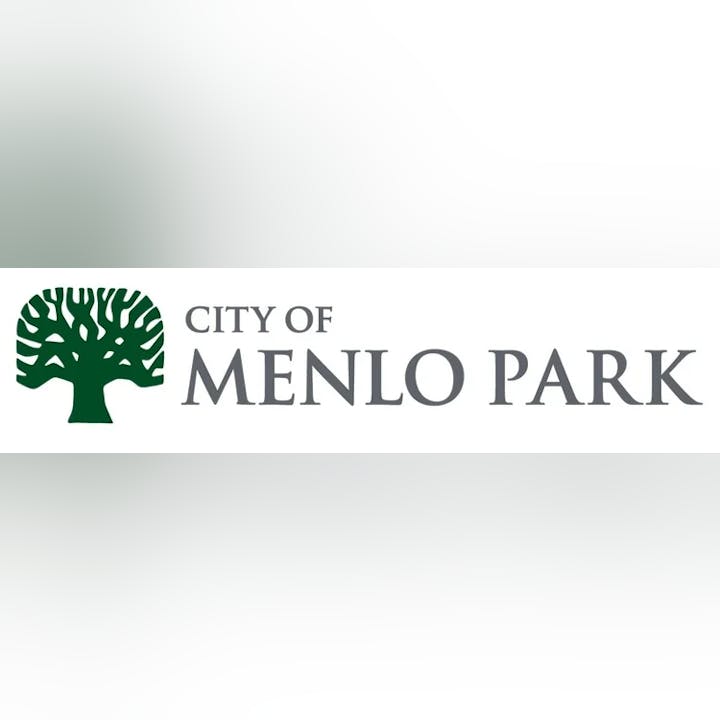The SAFER Bay Project
Strategy to Advance Flood protection, Ecosystems and Recreation along San Francisco Bay

The SAFER Bay Project is a multi-benefit, multi-jurisdictional, public-private collaboration that will protect critical infrastructure, protect and restore critical habitat, provide community resilience to current tidal flooding and projected sea level rise, and improve recreational access, using both engineered structures and nature-based flood protection.
Feasibility studies were completed in 2016 for East Palo Alto and Menlo Park, and in 2019 for Palo Alto. The Feasibility Studies were funded by a grant from the Department of Water Resources, with match from each of our member cities. Other funders were Midpeninsula Open Space District and Facebook (now Meta).
The project is using the Bay Adapt Joint Platform for implementation and is the first large project to do so. This is a consensus-based regional strategy to protect people and the natural and built environment from rising sea levels that will enable successful adaptation outcomes throughout the nine county Bay Area.
The Dumbarton Bridge/Highway 84 Corridor with over 80,000 vehicle trips per day bisects the SAFER Bay project area. A future upgrade of the Dumbarton Bridge /Highway 84 Corridor by Caltrans is envisioned for long term shoreline resiliency and community protection.
The SFCJPA has continued engagement with Caltrans District 4, and this collaboration has resulted in Caltrans approval of internal funding in 2022 for a Project Study Report-Project Development Support (PSR/PDS) within Caltrans’ right-of-way for the SAFER Bay Project as a first step to enable future Caltrans program funding.
The Draft Environmental Impact Report (DEIR) will be published on December 1, 2025. This will begin the public comment period. The public comment period will close at the end of the day on Friday, January 23, 2026.
Ways to Comment
Comments can be emailed to tbyler@sfcjpa.org
Comments can be mailed to the SFCJPA at 750 Menlo Ave. Suite 250, Menlo Park, CA 94025
Comments can be made in writing or verbally, in person at the December 15 Public Meeting in East Palo Alto, at the December 17 Public Meeting in Menlo Park and at the December 18 SFCJPA Board meeting. Please see the Calendar for Public Event details.
Comments can be submitted via this online SAFER Bay Project DEIR Comment Form until the end of business day, Friday, January 23, 2026. Please provide any general comments in the 'General Comments' box. There are six sections to the DEIR document. Please add your comments to the corresponding text field.
The Draft EIR will be both programmatic and project level for Reaches South of Bay Road in East Palo Alto and for tidal restoration and/or managed pond enhancement of Ponds R1, R2, and SF2.
Please see the Calendar for information on upcoming public events for the SAFER Bay Project DEIR.
Scientific evaluations to inform the SAFER Bay design, including the recently completed Draft Refugial Habitat Assessment that can serve as a model for other areas of the Bay have been completed. The competitively bid design team is led by HDR Engineering, with ESA and H.T. Harvey as key team members.
In early September, 2024, the SAFER Bay project was approved for adoption by the San Francisco Bay Joint Venture, Home - San Francisco Bay Joint Venture (sfbayjv.org), providing visibility and professional connections among similar projects.
The communities of Belle Haven in Menlo Park and the City of East Palo Alto are vulnerable to flooding today from a 100-year tide event and will face greater flood risk in the future. Protecting these communities is a priority of the SAFER Bay project.
SAFER Bay has partnered with community-based organizations Climate Resilient Communities and Nuestra Casa for sustained outreach using the Bay Adapt Joint Platform. A citizen’s advisory committee meets to shape the SAFER Bay project into a flood risk solution that they want in their community.
We have also partnered with Grassroots Ecology for educational outreach and have held two outreach events, with a third planned for this fall to highlight SAFER restoration activities.
Sea Level Rise –
SAFER’s design criteria for flood protection accommodates the 100-year coastal flood event, FEMA freeboard, and up to 3.5 feet of projected sea level rise.
SAFER Bay is consistent with our member agency San Mateo County Flood and Sea Level Rise Resiliency District (OneShoreline) draft "Planning Policy Guidance" that was adopted by their Board in June 2023 for San Mateo County’s bayside shoreline.
The project will enable the restoration of rare and historic habitats in former salt ponds using nature-based solutions and the best available science. This will include habitat restoration and enhancement for several federally threatened and endangered wildlife species.
SAFER Bay is working in coordination with other Bay Area shoreline flood risk mitigation planning and implementation projects, including the State Coastal Conservancy, SFEI, BayCAN and many others.
The SAFER Bay project will enhance public recreation opportunities by creating new access and improved levee-top bicycle and pedestrian trails on the existing Bay Trail and connection network.
Protecting Infrastructure –
The SAFER Bay project will protect critical water and energy infrastructure, including:
- City and County of San Francisco’s Hetch Hetchy water transmission pipelines to the Bay Tunnel and appurtenances at their Ravenswood facilities, with water service to 26 cities and 2.4 million water customers, and
- Ravenswood and Cooley Landing Electrical Substations serving more than 300,000 customers throughout the Peninsula.
The Public Draft Project Description for the SAFER Bay Project located in East Palo Alto and Menlo Park, San Mateo County is available.
The Public Draft Project DescriptionThe Public Draft Project Description is Chapter 2 of the upcoming Draft Environmental Impact Report (DEIR) and presents the proposed project that will be analyzed in the DEIR. The SFCJPA expects that the DEIR will be available in December 2025.
Release of this Draft Project Description prior to release of the DEIR is not required as part of the California Environmental Quality Act (CEQA) process, but the SFCJPA has determined that doing so will provide the community and other stakeholders with current information about levee alignments and the restoration strategy. This is an informational item- the SFCJPA is not seeking comments at this time. The community and other stakeholders will be invited to comment on the DEIR following its publication.
SAFER Bay Project Fact Sheet - This document describes key points of the project’s benefits and status.The SFCJPA’s responses to comments received on the SAFER Bay Notice of Preparation (NOP) are available here:
Scoping Report, October 31, 2022All comments received on the SAFER Bay Notice of Preparation (NOP) are available here:
SAFER Bay Project Fact Sheet - This document describes key points of the project’s benefits and status.SAFER Bay Notice of Preparation (NOP) Scoping Meeting Presentation Slides from May 19, 2022 public meeting.
Presentation SlidesSAFER Bay Project Notice of Preparation SCH # 2022040504SAFER Bay Project Updated Figures and Cross-sections (May 6, 2022)Safer Bay Project DRAFT Community Outreach Plan (Feb. 22, 2022) - Public comments are welcome!SAFER Bay Project Strategy to Advance Flood protection, Ecosystems and Recreation along San Francisco Bay Public Draft Feasibility Report. June 2019SAFER Bay Draft Feasibility Report Summary. October 2016.



